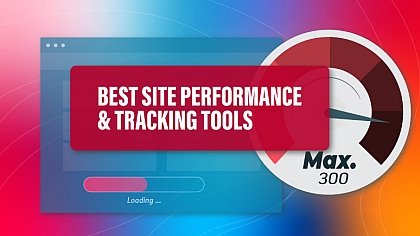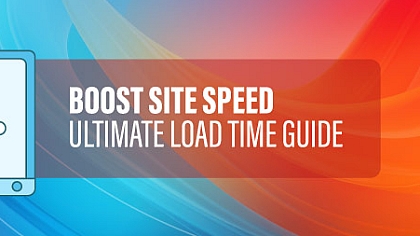
UX Components to Consider on Your Ecommerce Website
Providing a strong user experience for your potential customers is more important now than ever. Modern consumers simply won’t put up with a substandard website, whether it’s slow to load, difficult to checkout, hard to navigate or jumpy.
So, putting time and effort into improving the UX of your website is key to success. We’re here with some simple tips to get you started!
Make A Good First Impression
When it comes to UX, the first thing to know is that you should make a good first impression. Make sure that your homepage and landing pages introduce them to the brand, show them products within a scroll and generally just portray the brand as you want to. If a user doesn’t quickly have clear information about who you are and what you sell, they will likely bounce.
Look At Your Analytics for Device Usage
A key element of UX is optimising your website for the majority of users. So, look at Google Analytics and find out what percentage of people are using desktop and what percentage are using mobile. Generally, for e-commerce, the majority of users will be on their mobile, however, it’s worth checking as this isn’t always the case.
Then, make sure that you’re optimising the website for the majority of users in terms of UX. Never neglect either mobile or desktop, however focusing on the needs of your customers is key. The rule of thumb tends to be that optimising for mobile is more difficult in terms of UX, so starting here is usually effective!
Improve The Speed
Having a fast website is essential in today’s consumer market. If a user is waiting around for any more than 3 seconds for a page to load, they’ll very likely leave. A website should be less than 1.5s in terms of load time to be considered good, so getting as close to that as possible is essential.
There are some things that you can do without experience as a developer, such as optimising images and removing unneeded website plugins, however on the most part, you will need to work with a developer to minify JavaScript, reduce unused code, limit the use of external scripts, etc. Putting some investment into this is so important if you have a slow website.
Offer Plenty Of Checkout Options
Users want to be able to pay in the way that suits them, which is why having plenty of checkout options is really important. If someone has to fill out all their bank details, as minimal as that sounds to some people, for others it will cause them to leave. So, make sure that you offer things like Apple Pay, Google Pay and PayPal, as well as the traditional method of putting card details in.
You should also offer things like Klarna and Clear Pay, whether you’re selling something more affordable like dainty gold bracelets or much higher price point products like cameras.
Everyone’s budget is different and so is their preference when it comes to spreading out cost, so giving this as an option is another good way to drive purchases and improve the experience for the user. This will make the experience tailored to each user and provide them with their preferred payment method.
Plenty Of Call-to-Actions
Lastly, you should have plenty of call-to-actions (CTA’s). You want to guide the user through their experience, so for example, on the homepage, you’d have clear links to some of your main collections encouraging them to view the collections.
Then from there you should give options, so you could have a “Quick Buy” option to quickly add to the cart, then also give them the option to click through to the product for more information.
Then, on the product page, a simple “Add To Bag” or “Add To Cart” higher up on the page, with the product description lower down, should help to drive people to add the product to the cart.














